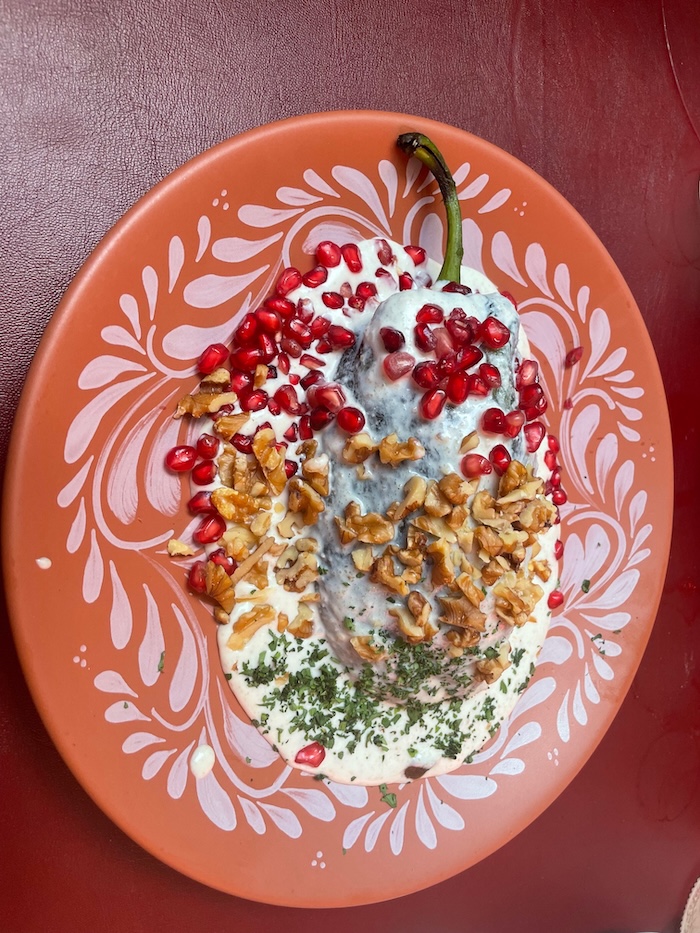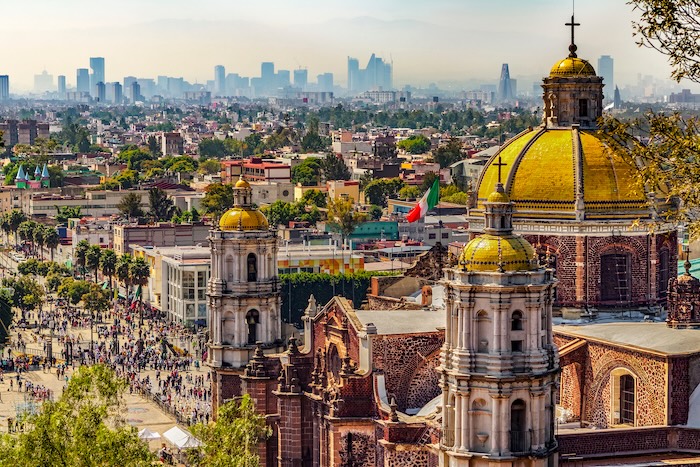USA & Canada: (877)-290-4447 | En Mexico: (800) 894 - 5636
USA & Canada: (877)-290-4447 | En Mexico: (800) 894 - 5636

Mexico City, known as CDMX, is a vivid blend of history, architecture, cultural traditions, incredible cuisine, and awe. As the country’s capital, CDMX is one of the largest cities in the world, though travelers will be astounded by the area’s most popular walkable neighborhoods. Consistently ranked as one of the top global destinations, the appeal of CDMX expands beyond its cosmopolitan urban center to a treasure trove of museums, archaeological sites, and a legacy of artists.

Mexico City, CDMX, is an extraordinary cultural and culinary destination, with a wealth of museums to rival the cities of Paris, London, and New York. While the city’s historic center and nearby Xochimilco canals are named as a UNESCO World Heritage Site, there is much more to explore and experience in Mexico’s capital. In 2024, 14.4 million visitors made their way to CDMX, a number anticipated to grow to 19.5 million by 2030.
Rising to an altitude of 7,350 ft., the sprawling urban landscape of CDMX is surrounded by the majestic Neo-Volcanic Range, with the iconic Popocatepetl and Iztaccihuatl peaks visible on clear days. Originally built as Tenochtitlan by the Aztecs in 1325 on an island in Lake Texcoco, the site was destroyed nearly two centuries later during the Spanish conquest and rebuilt by the Spanish. Remnants of this history abound throughout the city, and in its people, standing as testament to Mexico’s deeply intertwined and complex heritage.
Steeped in vibrant tradition, CDMX provides the energy of a major metropolitan city paired with lush public parks teeming with community life and music. Additionally, top Mexican dishes from street tacos to fine-dining experiences, are sure to delight any traveler’s palate during a CDMX getaway.
As of 2022, there are two international airports in Mexico City. The most frequented, and much more conveniently located, is the Mexico City International Airport (MEX, AICM) also known as the Benito Juarez International Airport. This is a major hub for domestic and international flights, with convenient access to the city’s center and outlying areas via public transport and taxis. Services such as Uber or Didi are permitted, though solely in certain areas and generally a longer walking distance from terminals.
The newest airport, Felipe Angeles International Airport (AIFA), is located approximately 45 minutes north of the city. You may find less expensive flights to AIFA, though the present lack of easy-connectedness to the city can be a disadvantage.
Mexico City has a subtropical highland climate, with consistently mild temperatures throughout the year and low humidity. The area tends to have mild winters, with temperatures reaching into the low 40s at night and 70s during the day. Warmer summer temperatures rise into the 80s during May, the hottest month, with evening averages in the low 60s. The rainy season in CDMX is roughly from June thru September, often with brief heavy rains.
Taxis, Uber and Didi services are popular among travelers for getting around the city. However, the metro system in CDMX is a less-expensive and very convenient option, particularly if you can avoid rush hour times. You can pay as you go, or purchase a Metro Card available at Metro stations. Check Metro maps and download into your phone to help plan your day accordingly. NOTE: Metro service in CDMX available only until midnight.
Mexico City, CDMX, is full of rich experiences for people of all ages. As one of the cities with the most museums in the world, as well as a wealth of archeological sites within and just outside the urban area, there never seems to be enough time to explore all that CDMX has to offer.